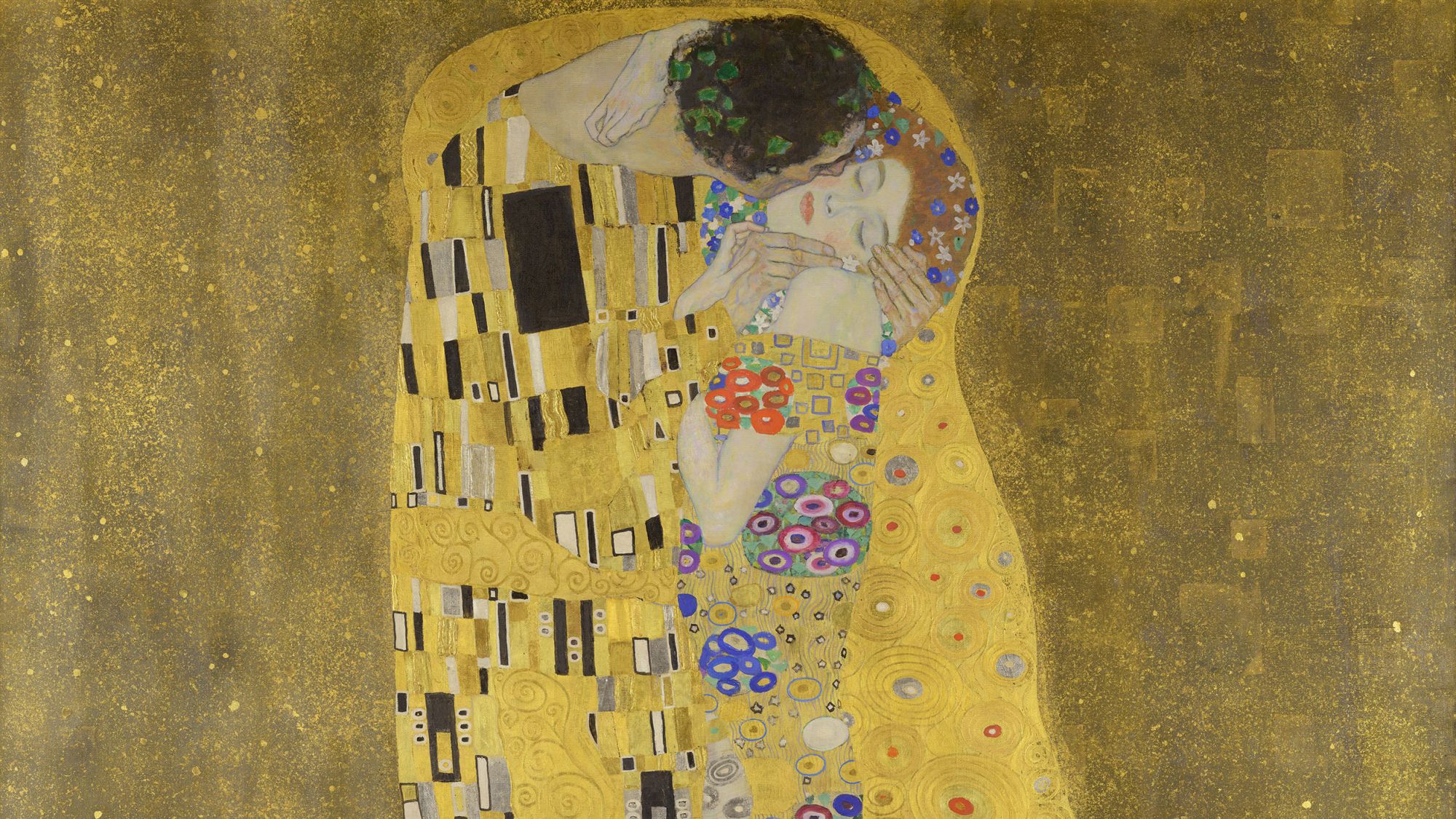In an upmarket Vienna suburb stands an elegant white villa that once contained the studio of Gustav Klimt. With this month marking 100 years since the painter’s death, a visit still reveals much about how he lived and worked.
Now known as Klimt Villa, the building has undergone significant changes since its construction at the turn of the century.
Inside, however, the rooms have been restored to their original layout based on historical photographs. Klimt’s sketches, Japanese wood block prints and African sculptures sit alongside reproduced Art Nouveau furniture.
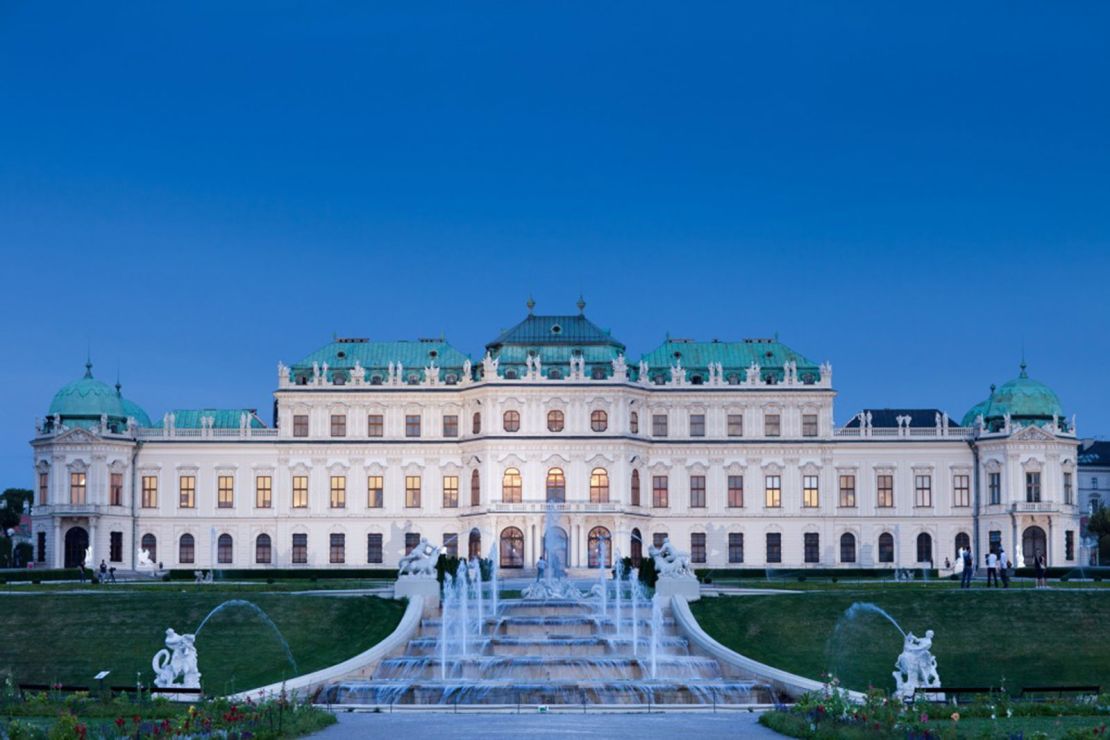
The original studio, flooded with light from the garden outside, allows you to picture the artist at work. Klimt’s dark blue painter’s smock – a flowing garment for a large man – is draped over the bed he kept there. A candid photo of the painter, taken in 1912, shows him grinning as he holds one of his beloved cats.
Reproductions of two of Kilmt’s better-known works are also on display, though neither can match the global renown of “The Kiss.”
An artistic legacy
“The Kiss” has become one of the world’s most recognized artworks. Housed in Vienna’s Belvedere Museum, just a few miles away from Klimt Villa, the masterpiece attracts hundreds of thousands of visitors every year.
The museum is preparing a program of events commemorating the centenary of the painter’s death. So too is Vienna. Across the city, dozens of exhibitions about Klimt and his work are either underway or scheduled to take place.
The legacy of Gustav Klimt
But the painter’s life is not the only one being honored in Vienna this year. Three other creative giants who defined the era of Wiener Moderne (or “Viennese Modernism”) – architect Otto Wagner, and the artists Egon Schiele and Koloman Moser – also passed away in 1918.
All four left a remarkable legacy on what was already a vibrant artistic center. Yet, it is Klimt who has proven the most bankable. While “The Kiss” won’t be on sale anytime soon, the painter’s other works have commanded huge prices in recent years, according to Franz Smola, a curator at The Belvedere.
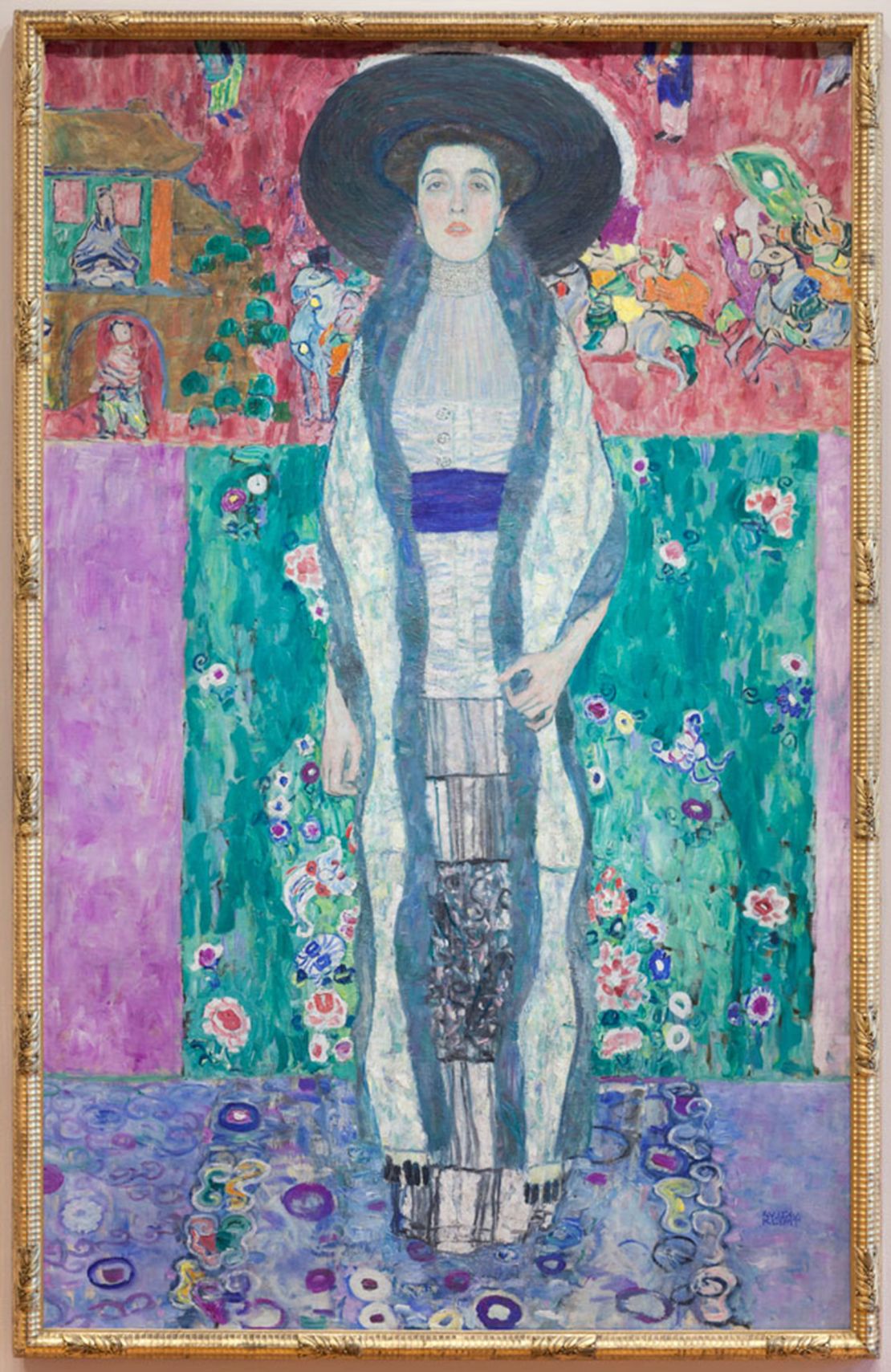
“Klimt’s works (have) always ranked in the highest price categories – this was already the case during the artist’s lifetime,” he said in an email interview. “Klimt’s portraits were extremely expensive (and) no other painter, even in European standards, was able to gain such sums for portraits. But, of course, these (prices) are not comparable to the present sums which buyers at auction houses are ready to pay for (his) paintings.
“But it is not only the financial success, which counts. His paintings satisfy, obviously, a desire for romanticism and refined aesthetics which we find, in particular, in Klimt’s portraits and landscape paintings.”
In 2016, Oprah Winfrey sold the 1907 artwork “Portrait of Adele Bloch-Bauer II,” for $150 million, having originally paid less than $90 million for it in 2006. Just a few months earlier, billionaire Russian investor Dmitry Rybolovlev sold Klimt’s “Water Serpents II” to a private collector for a reported $170 million.
From controversy to global success
Born just outside Vienna in 1862, Klimt was the second son of a gold engraver (who was doubtless a key influence on the artist’s so-called “Golden Phase,” in which he used gold leaf in many of his paintings). After university, he and his brother worked on various art commissions, which included the ceilings and murals of public buildings such as churches, theaters and Vienna’s Kunsthistorisches Museum.
The death of Klimt’s brother and father, both in 1892, had a profound influence on his work. He began to reject the classical style that had earned him acclaim in favor of a more personal approach. He eventually resigned from the conservative Vienna Artists Association and, along with a number of like-minded artists, founded the Vienna Secession Movement in 1897.
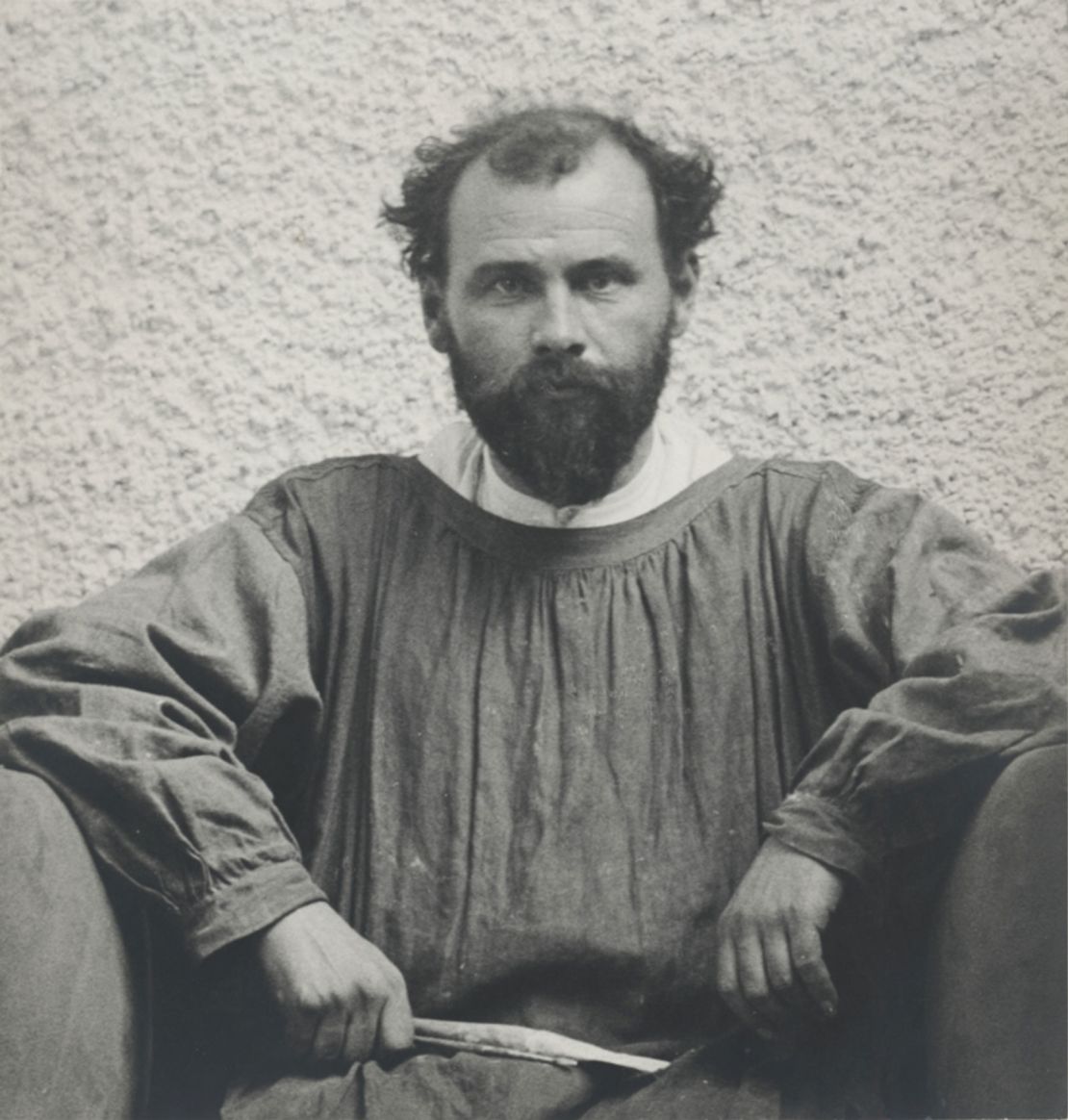
In 1900, Klimt exhibited a controversial new mural, “Philosophy.” The first of three paintings created for the University of Vienna’s Great Hall, it featured naked figures and dark symbolism, instigating outrage among university staff who petitioned against the artworks on grounds of their supposedly pornographic nature.
If anything, the controversy helped Klimt’s cause. The rejected murals were subsequently shown in Paris where one of them, “Medicine,” won the Grand Prix at the World’s Fair. This success marked the beginning of Klimt’s “Golden Phase,” during which he produced the works that made him a world-renowned artist.
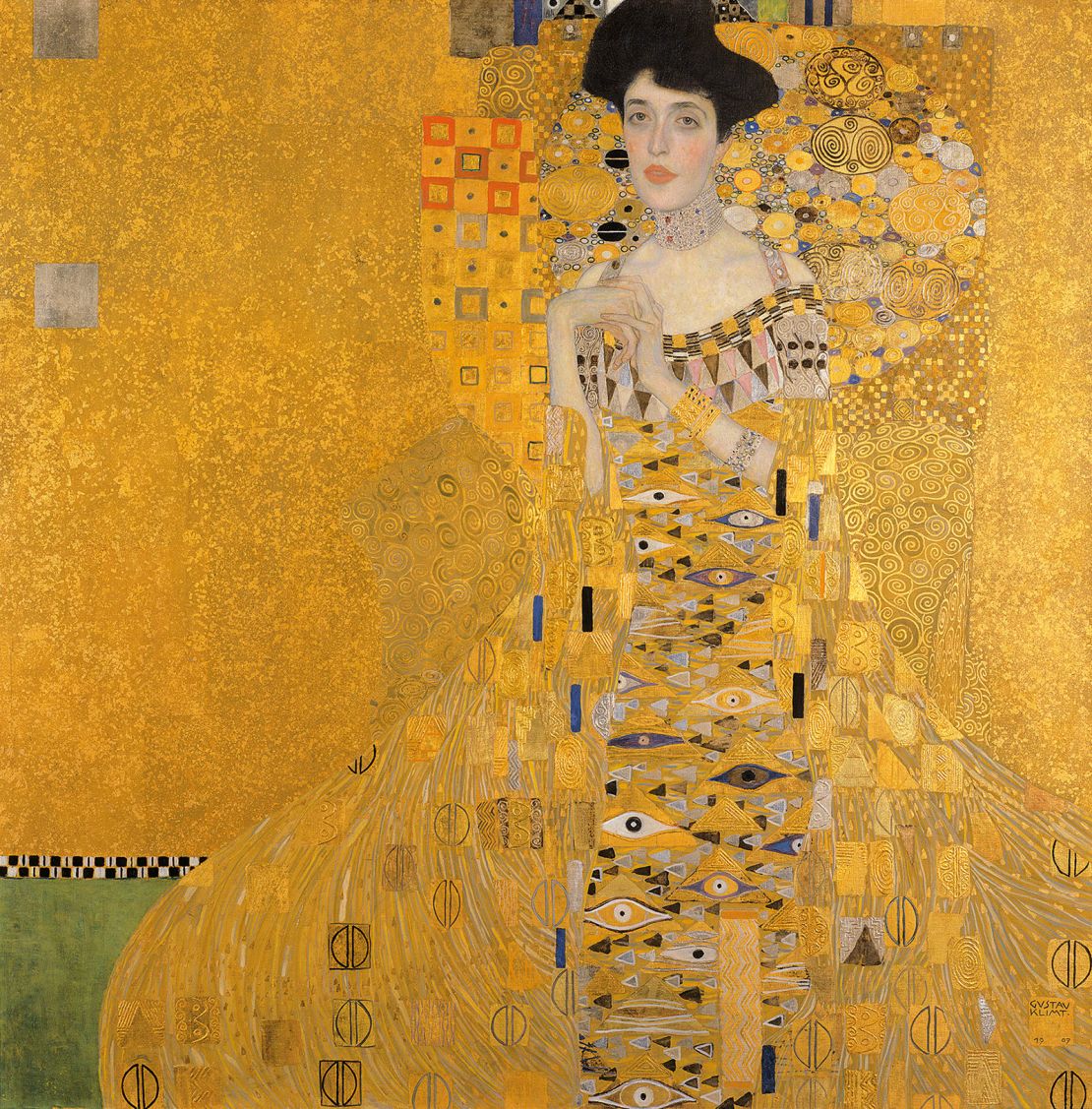
Among them was the famous “Portrait of Adele Bloch-Bauer I,” which was seized by the Nazis during World War II. Many years later, Bloch-Bauer’s niece, Maria Altmann, successfully campaigned to have it returned to the family. In 2006, her family sold the artwork at auction to cosmetics magnate Ronald Lauder for $135 million, making it the world’s most expensive painting at the time.
A masterpiece is born
The pinnacle of the Golden Phase came in 1908, when Klimt completed “The Kiss.” Depicting two lovers locked in embrace, it was purchased by Austria’s government on the first day it was exhibited for an exorbitant sum at the time of 25,000 crowns (or about $185,000, in today’s money, according to Franz Smola). Art historian Alfred Weidinger has suggested that the work depicts Klimt with his then girlfriend, Emilie Flöge, but there is no consensus on the subjects’ identity.
Seeing the painting in person at The Belvedere is an extraordinary experience. Measuring just under six-by-six feet, it is a substantial work – far more imposing than many visitors might anticipate. Yet, despite the picture’s fame and popular acclaim, it is rarely overrun with visitors, allowing the viewer time to take in its splendor.
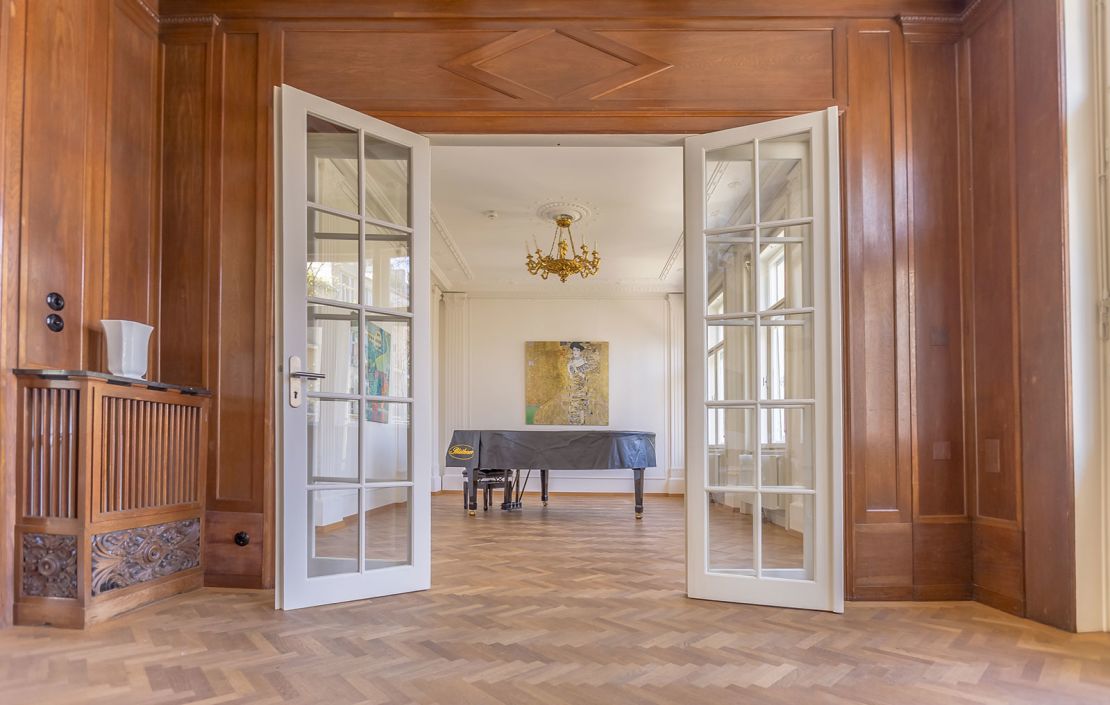
Like much of Klimt’s work, “The Kiss” is undeniably erotic, but it is also profoundly tender. Inspired by Japanese mosaics and the universal appeal of romantic love, the painting uses the artist’s signature gold leaf to dizzying effect.
“‘The Kiss’ epitomizes sentimental feelings of tenderness and love and speaks to all generations of people,” said Smola.
Klimt died from a stroke, aged 55, about a decade after painting “The Kiss.” But he, like the other leading lights of Viennese Modernism, will be remembered for his remarkable feats of artistic and intellectual expression.
A century after his death, Klimt’s legacy lives on more emphatically than ever.
